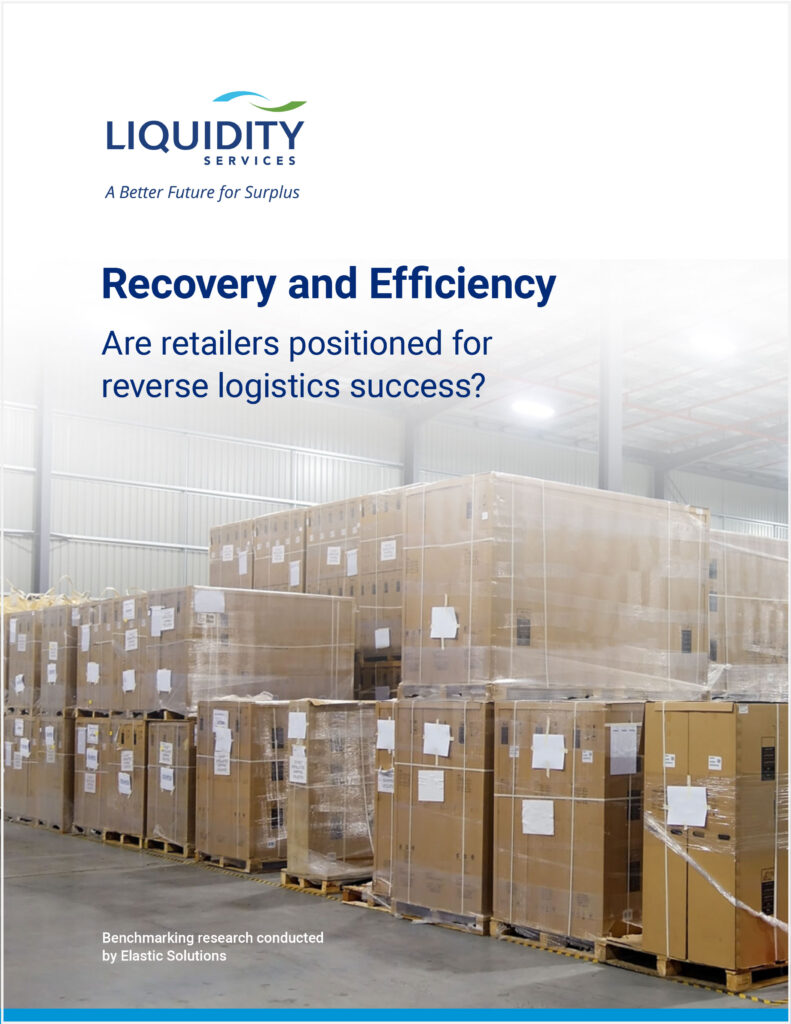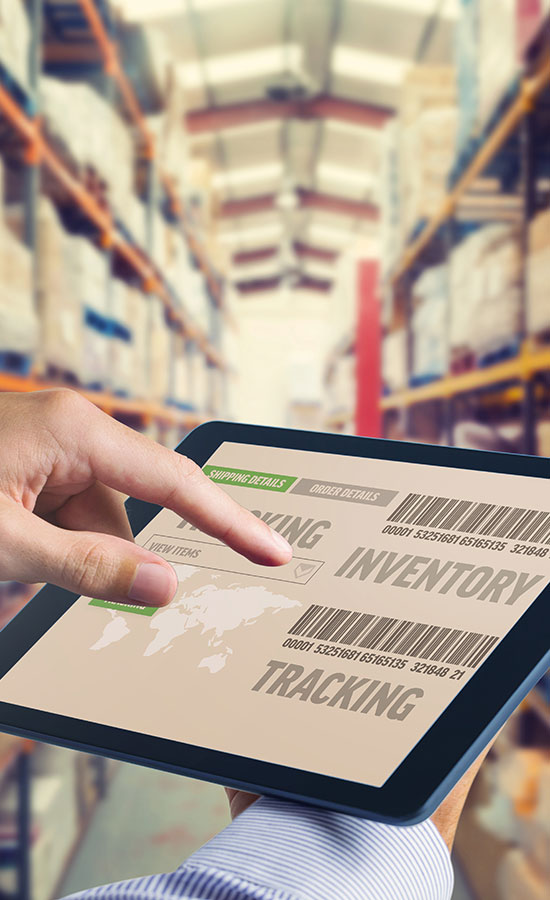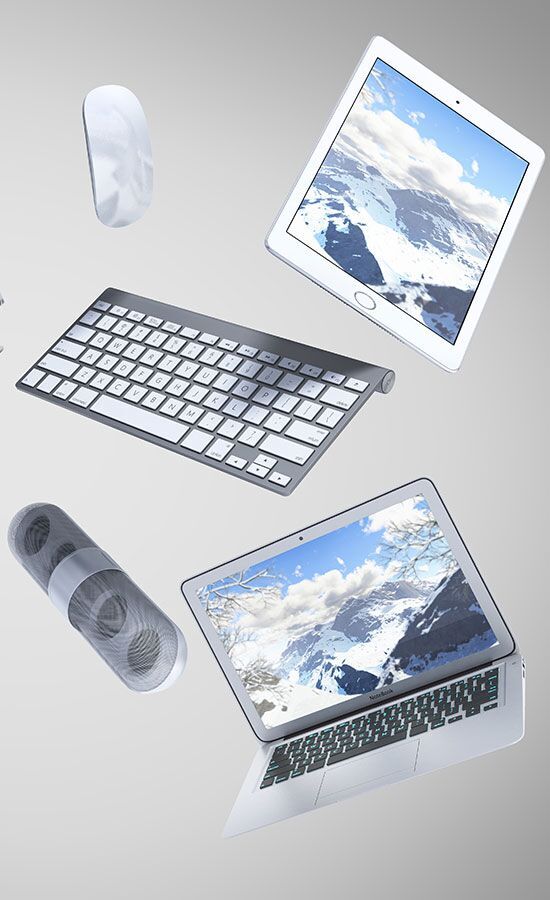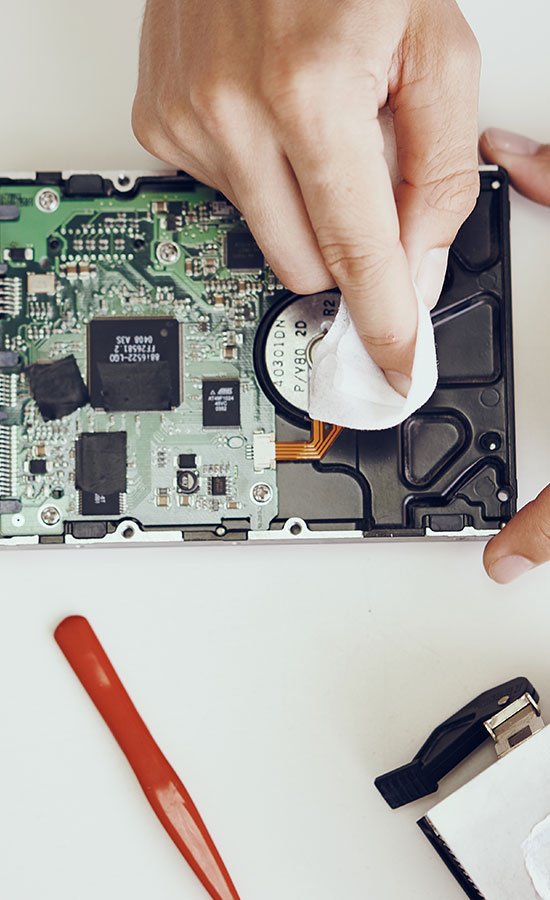Education Center
- All
- Manufacturing
- Retail
- Return Management
- Secondary Market
New retail benchmarking study offers insight into current reverse logistics trends.
Disposing of surplus assets presents an opportunity for purchasing functions to deliver a new kind of value to the organization.
In today’s world of digital connectivity and access to more information through the internet, businesses are finding it increasingly important to stand out to their key audience online. With new competition popping up every day, capturing and retaining the attention of consumers is vital to surviving in today’s digital world.
Today’s consumers are finding themselves online more often than not. For many businesses, social media is a small aspect of their online strategy and is frequently pushed to the side. However, social media platforms are becoming a place where consumers are looking to move the dialog.
Companies are experiencing a transition into a world where it is increasingly important to embrace a strong social media presence. According to social media influencer, Rob Cyr, “Companies need to really focus on social media and embrace it because that’s where the dialog is going to be.” For the reverse logistics industry, there is a gap of knowledge that influencers are trying to bridge by using social media as a platform.
Many companies stop measuring the success of their products after the customer purchases the product and leaves the store or is shipped and delivered on time. However, retailers and manufacturers lose millions annually from out-of-stock, overstock, and returned goods.
Liquidity Services leverages auction style eCommerce to help retail companies increase recovery on returned goods and excess inventory. After almost 20 years, Liquidity Services has fine-tuned a strategy that works best for buyers and sellers.
According to Appriss Retail, retailers lose more than $3.4 billion to return fraud during the holidays. Returns fraud is a complex challenge that requires the right levels of vigilance and regulation to combat.
According to Forbes, in 2019 the retail market will be defined by emerging technologies changing the way consumers interact with their favorite brands. Consumer preferences will shift as well as the emergence of new expectations from the e-Commerce industry.
According to recent market research completed by Persistence Marketing Research, the used device market is on the rise from $19.7 billion in 2017 to $38.9 billion by the year 2025. Consumers are finding new ways to save money by buying used and refurbished devices.
Whether you are new to the aftermarket or have been using secondary marketplaces for years now, the Liquidity Services Account Managers are dedicated to bringing you the industry expertise no one else can offer.
With the holiday season swiftly approaching, there is no better time to get ahead of the game with your holiday returns. As several businesses have incorporated eCommerce into their platform to expand their profits, it has opened a door into the online returns as well. In 2017, eCommerce returns in just the US cost nearly $113 billion.
The latest Smartphones and tablets; machinery to assemble cars, prints books, packages our snacks…what happens when a business no longer needs these assets? Surplus inventory may have lost its life at your warehouse, but its story is only beginning with Liquidity Services as your partner.
When selling on a secondary marketplace, the accuracy of your description is the most important aspect to being successful. Establishing yourself as a credible and honest seller will reward you with a strong loyal buyer base, with repeat business.
Returned merchandise can be frustrating and inevitable while doing business in the secondary market. In fact, more than $300 billion worth of goods is returned annually, costing retailers and consumer brands an estimated 4.4% of revenue. Managing efficiency, complexity and costs for your programs have challenged some to think outside the box to maintain order for their returns management program. For most, it has led to outsourcing this area to a proven partner.
Constant product innovation, swiftly changing consumer preferences and high return rates have created a dilemma for companies today with consumer electronics being the one industry being a risk for business owners.
Cell phones have a very large presence in the secondary marketplaces. Understanding the value of what a few tests can do to improve your recovery is vital. With companies working towards constant product innovation, companies are facing a dilemma today with large amounts of returns.
When looking to maximize your recovery on your Cell Phone auctions, there is one main question that should be on your mind. There are 3 key areas to master in order to maximize your recovery. You can achieve this by building trust with the buyers.
Almost every company deals with inventory they can’t sell in a variety of forms such as; returns, overstock, or end of product life. However, when it comes to managing these excess items, companies tend to look for a quick short-term fix to their problem.
Managing and selling surplus inventory for a small to medium-sized business can be a burden. While most of your inventory levels aren’t large enough to justify a full-service outsourced warehouse solution, they’re still problematic to your recovery. Dedicating time and resources to managing and selling these items can require costly specialized processes and infrastructure.
According to a recent Nielsen survey, six out of ten consumers are willing to pay more for sustainable brands. Today, organizations can intelligently integrate sustainability initiatives into their core business. Focusing on this will pay off in terms of increased efficiency, reduced resources, and more loyal customers.
Retailers and consumer brands can turn returns into opportunity by taking a holistic approach to their reverse supply chain through the management of surplus and returned inventory.
Back-to-school is one of the busiest times for a retail company. It is the second largest shopping season of the year. A recent study by the National Retail Federation estimates that parents spend nearly $83.6 billion on school supplies. If you do not properly plan for it, you may miss some incredible opportunities.
One of the largest hurdles companies face as they go through exploring their options in the aftermarket is understanding the balance between three key components; velocity of sale, recovery on assets, and labor needed. Understanding the relationship between these three aspects of selling on secondary marketplaces is very important for your company’s success.


























